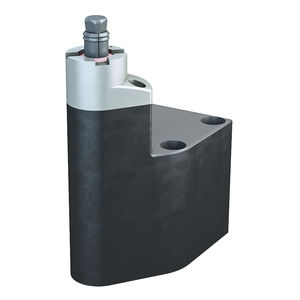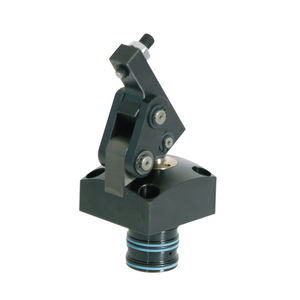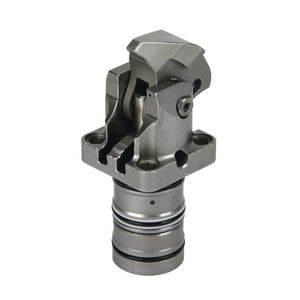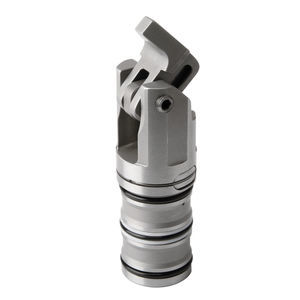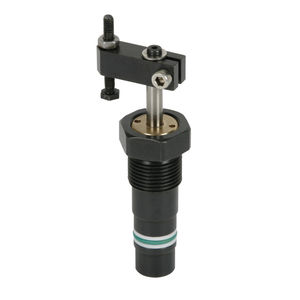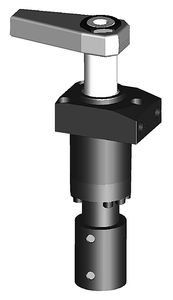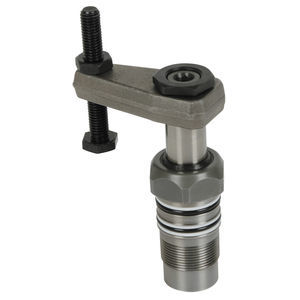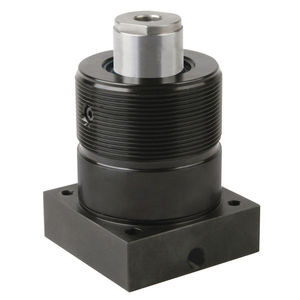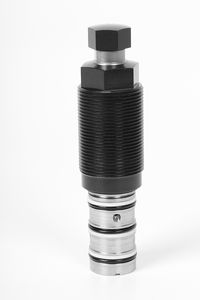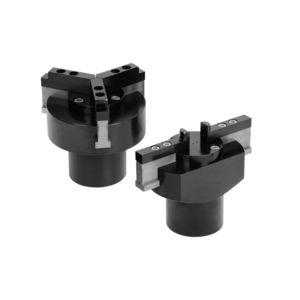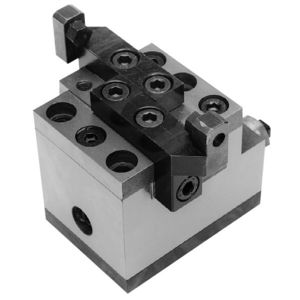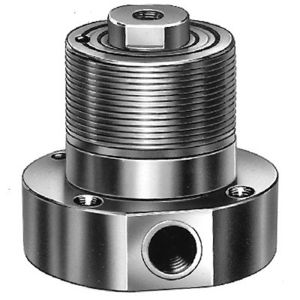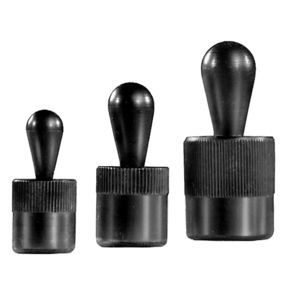
- Power Transmission - Mechanical components
- Mechanical Transmission
- Hydraulic clamping
- Römheld GmbH Friedrichshütte
Hydraulic clamp B1.852, B1.853, B1.854swingdouble-acting



Add to favorites
Compare this product
Characteristics
- Type
- hydraulic
- Other characteristics
- swing, double-acting
- Clamping force
Max.: 30 kN
Min.: 6 kN
Description
Swing clamps with sturdy swing mechanism
Advantages
● 4 or 5 sizes available
● High clamping force at low pressures
● Sturdy swing mechanism
● Insensitive against high flow rates
● Indexing of the clamping arm in a specified position is possible
● Special swing angle easily realizable
● Standard FKM wiper
● Metallic wiper optional
● Hydraulic and pneumatic ports integrated in the flange (flange types)
● Mounting position: any
Hydraulic swing clamps are used for clamping of workpieces, when it is essential to keep the clamping area free of straps and clamping components for unrestricted workpiece loading and unloading. Due to the sturdy swing mechanism these swing clamps are particularly suited for:
• Automatic manufacturing systems
• Clamping fixtures with workpiece loading via handling systems
• Transfer lines
• Test systems for motors, gears and axes
• Assembly lines
• Special machine tools
cartridge type
with optional position monitoring
double acting
max. operating pressure 350 bar
max. clamping force: 6 - 22 kN/30 kN
rod diameter: 16 - 32 mm/40 mm
piston diameter: 23 - 45 mm/55 mm
clamping stroke: 12 - 15 mm
max. flow rate: 10 - 57 cm³/s / 10 - 87 cm³/s
Catalogs
No catalogs are available for this product.
See all of Römheld GmbH Friedrichshütte‘s catalogsExhibitions
Meet this supplier at the following exhibition(s):
Other Römheld GmbH Friedrichshütte products
Workpiece clamping elements
Related Searches
- ROEMHELD clamping
- ROEMHELD clamping element
- ROEMHELD hydraulic clamping
- Hydraulic brake
- Mechanical workholding component
- Machining workholding component
- Workpiece workholding component
- Hydraulic clamping system
- Compact clamping element
- Automatic clamping system
- Pneumatic clamping system
- ROEMHELD hydraulic clamping element
- Eccentric clamping device
- Swing clamping element
- Double-acting clamping element
- Quick clamping system
- Electric clamping system
- Magnetic clamping system
- Floating clamping element
- T slot clamping element
*Prices are pre-tax. They exclude delivery charges and customs duties and do not include additional charges for installation or activation options. Prices are indicative only and may vary by country, with changes to the cost of raw materials and exchange rates.


